Tourist destinations often become shopping magnets, drawing millions of visitors eager to take home a piece of their travel experience. However, these same areas that attract crowds of tourists are frequently the last places you’ll find locals doing their regular shopping. The prices are inflated, the quality questionable, and the atmosphere is designed more for quick purchases than genuine local culture.
Understanding where locals shop versus where tourists flock can save you money and give you a more authentic experience. Here is a list of 20 tourist areas around the world where residents rarely venture for their shopping needs.
Times Square, New York City
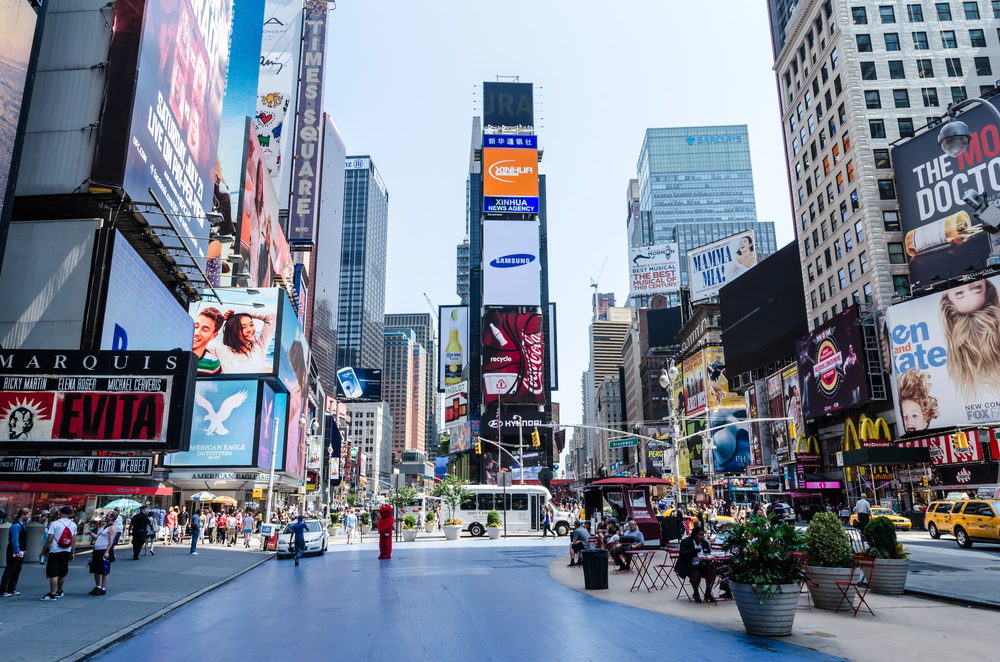
— Photo by alex9500
New Yorkers treat Times Square like a necessary evil they endure when showing visiting relatives around town. The shops here charge Manhattan tourist prices for basic items that locals can find for half the cost just a few blocks away. Many longtime residents haven’t bought anything in Times Square since their college days, preferring neighborhood bodegas and local markets for everyday needs.
Fisherman’s Wharf, San Francisco
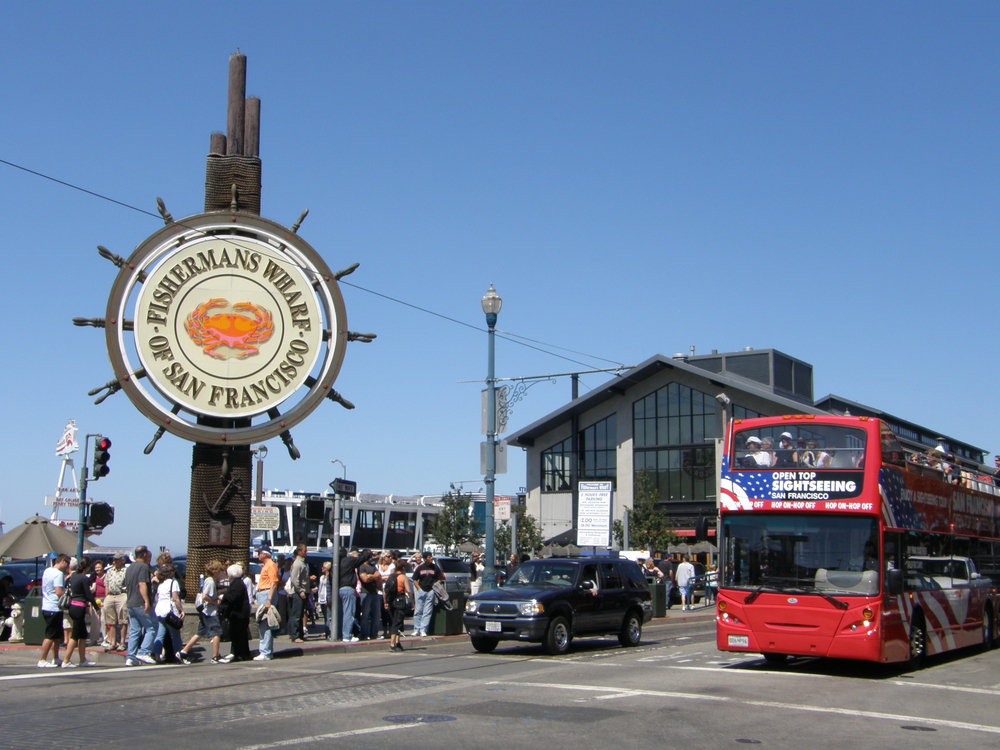
— Photo by sainaniritu
San Francisco locals joke that Fisherman’s Wharf exists in a parallel universe where everything costs three times what it should. The souvenir shops and restaurants cater exclusively to tourists, with prices that would make even tech workers think twice. Locals head to neighborhoods like the Mission or Richmond for authentic shopping experiences at reasonable prices.
Hollywood Boulevard, Los Angeles
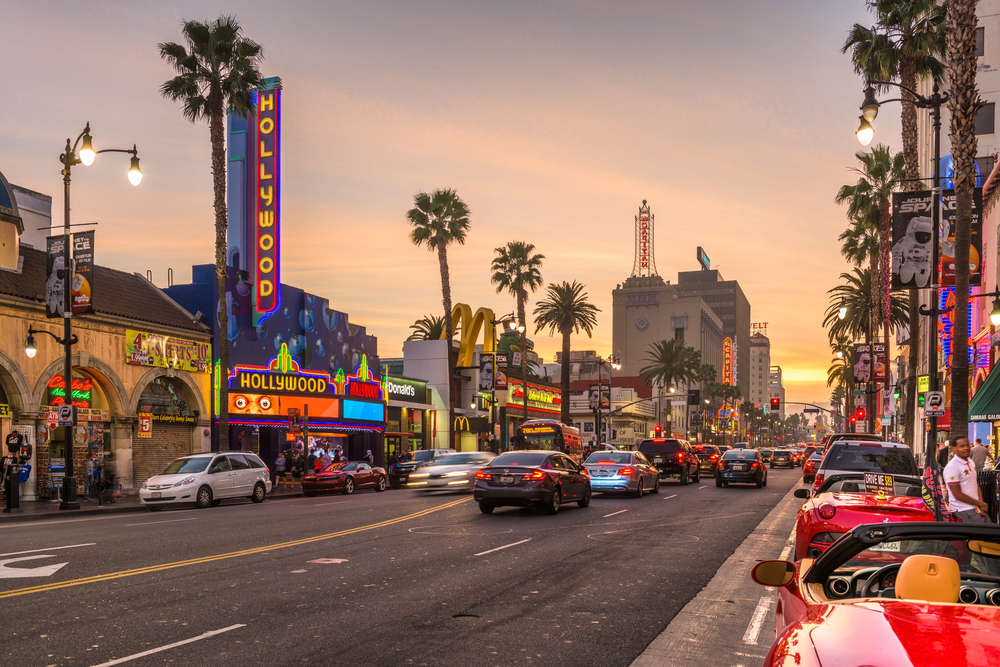
— Photo by sepavone
The Hollywood Walk of Fame attracts millions of visitors, but locals know the shopping here is all flash and no substance. Overpriced tourist gear dominates the storefronts, while quality and value take a backseat to location. Most Angelenos prefer the local boutiques in Silver Lake or the farmers’ markets scattered throughout the city.
Navy Pier, Chicago
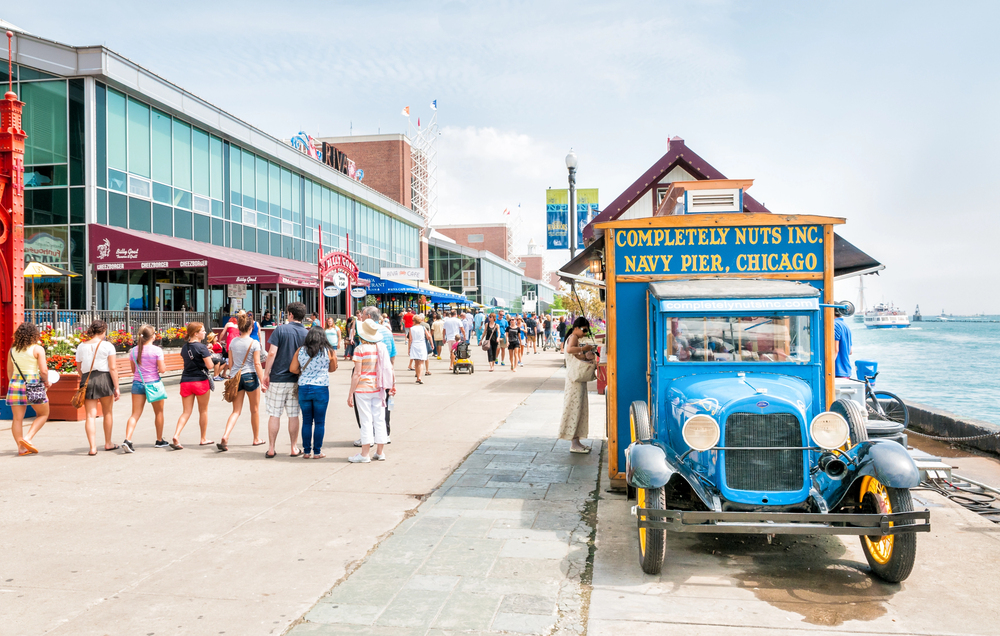
— Photo by elesi
Chicagoans view Navy Pier as a place to take out-of-town guests, not somewhere to do actual shopping. The retail spaces focus on novelty items and marked-up basics that locals can find cheaper elsewhere in the city. The pier serves its purpose as entertainment, but for real shopping, locals head to neighborhoods like Wicker Park or Lincoln Park.
South Beach, Miami
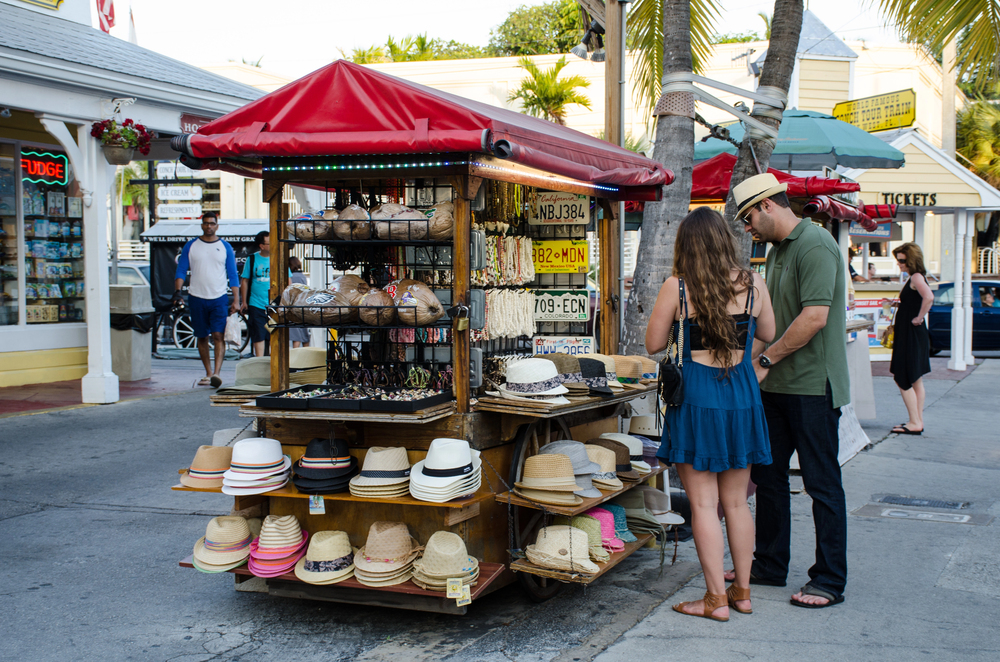
— Photo by msubhadeep
Miami Beach residents know that South Beach shopping comes with a hefty ‘ocean view tax’ that locals refuse to pay. The boutiques and shops along Ocean Drive cater to tourists willing to spend vacation money on items they could find elsewhere for less. Locals prefer the shopping districts in Wynwood or Coral Gables for better variety and prices.
French Quarter, New Orleans
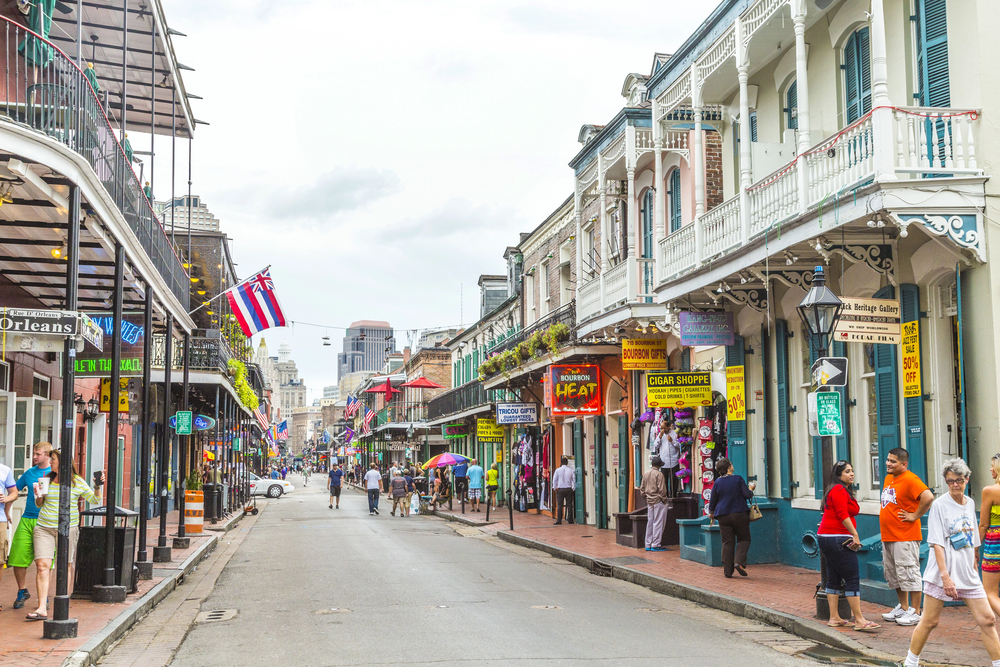
— Photo by Hackman
New Orleans natives love their French Quarter for its history and culture, but they avoid shopping there like tourists avoid hurricanes. The shops focus on expensive souvenirs and tourist trinkets rather than practical items locals might need. Residents do their shopping in neighborhoods like the Garden District or along Magazine Street.
Pike Place Market, Seattle
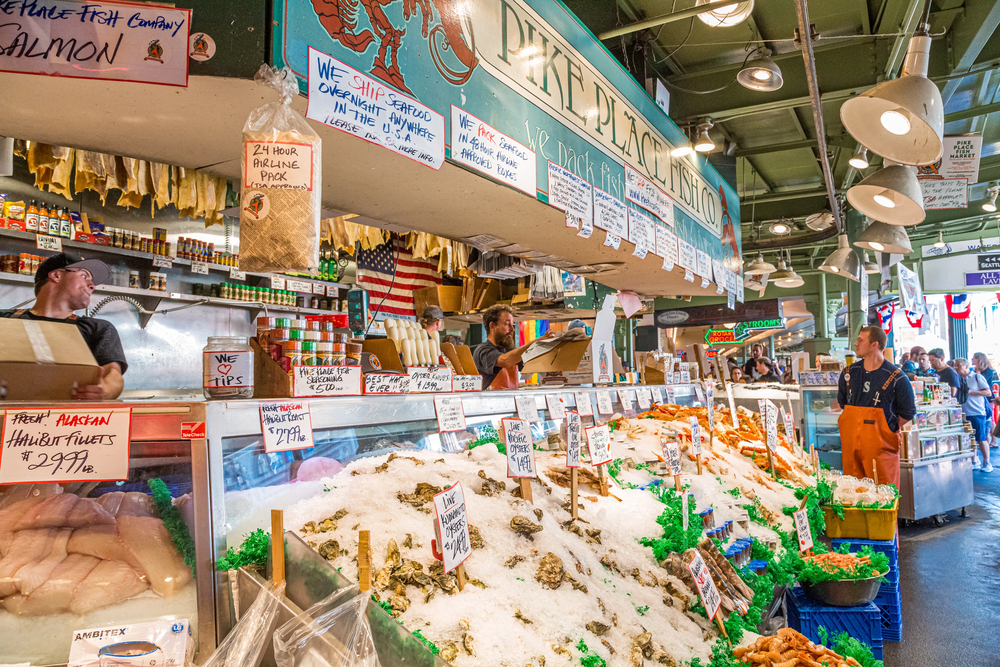
— Photo by dbvirago
While Seattle locals appreciate Pike Place Market for its fresh produce and fish vendors, they skip the tourist-focused shops entirely. The market’s retail stores charge premium prices for items that locals know they can find cheaper in other parts of the city. Most residents visit for the farmers market experience, not the shopping.
The Strip, Las Vegas
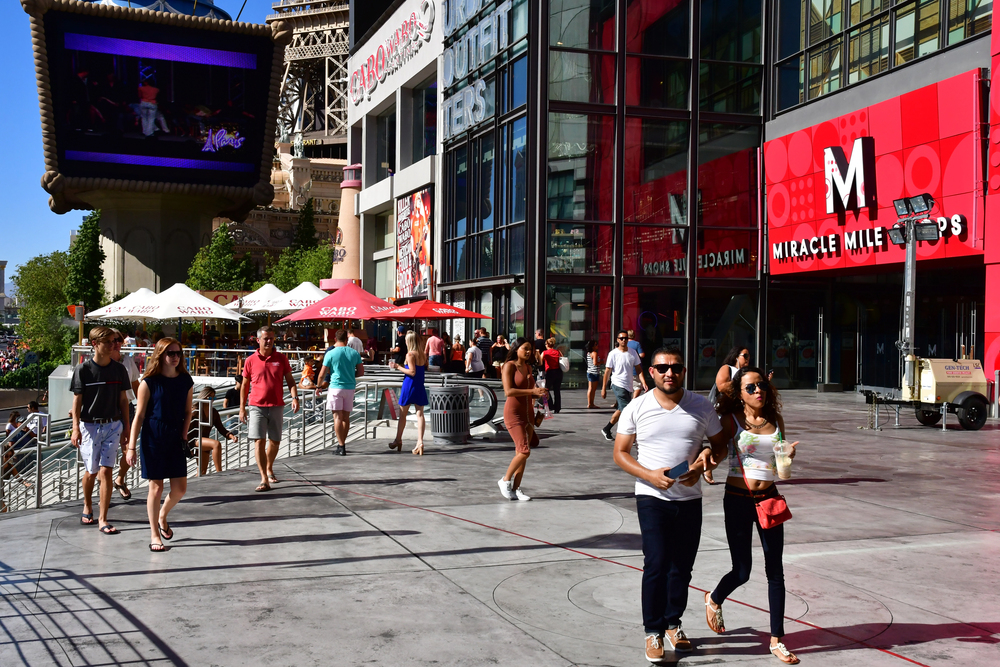
— Photo by packshot
Las Vegas locals treat the Strip like a workplace rather than a shopping destination, since many of them work there. The retail prices reflect the tourist economy, with markups that locals simply won’t tolerate. Residents prefer shopping centers and outlets located away from the tourist corridor for better deals and more practical options.
Covent Garden, London
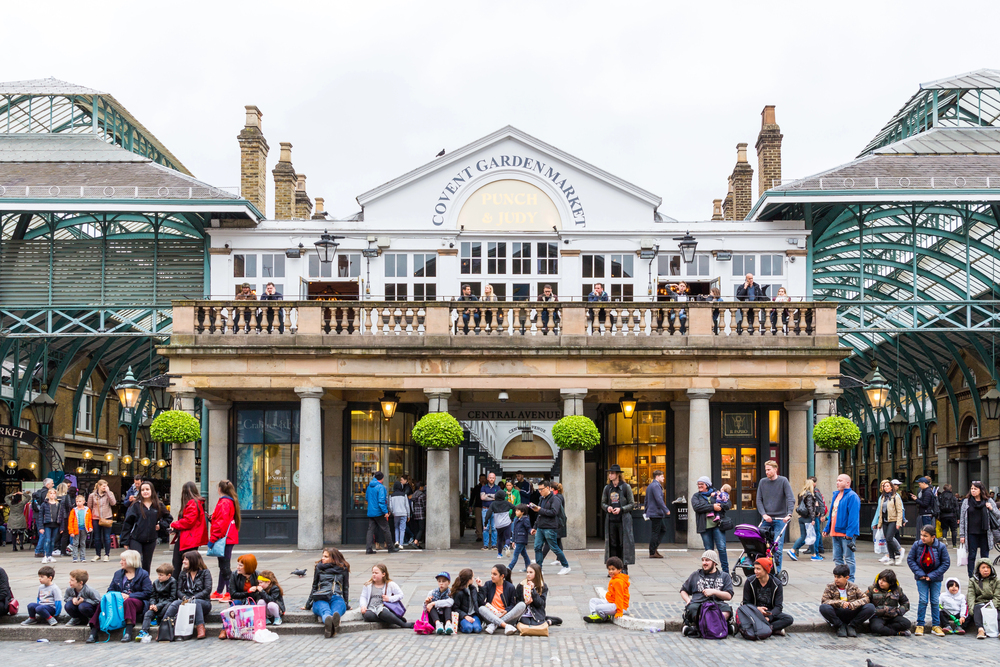
— Photo by DaLiu
Londoners appreciate Covent Garden’s street performers and atmosphere, but they steer clear of the shopping unless they’re entertaining visitors. The shops cater to tourists with prices that reflect the prime location rather than reasonable value. Locals prefer areas like Camden, Shoreditch, or the high streets in residential neighborhoods.
Champs-Élysées, Paris
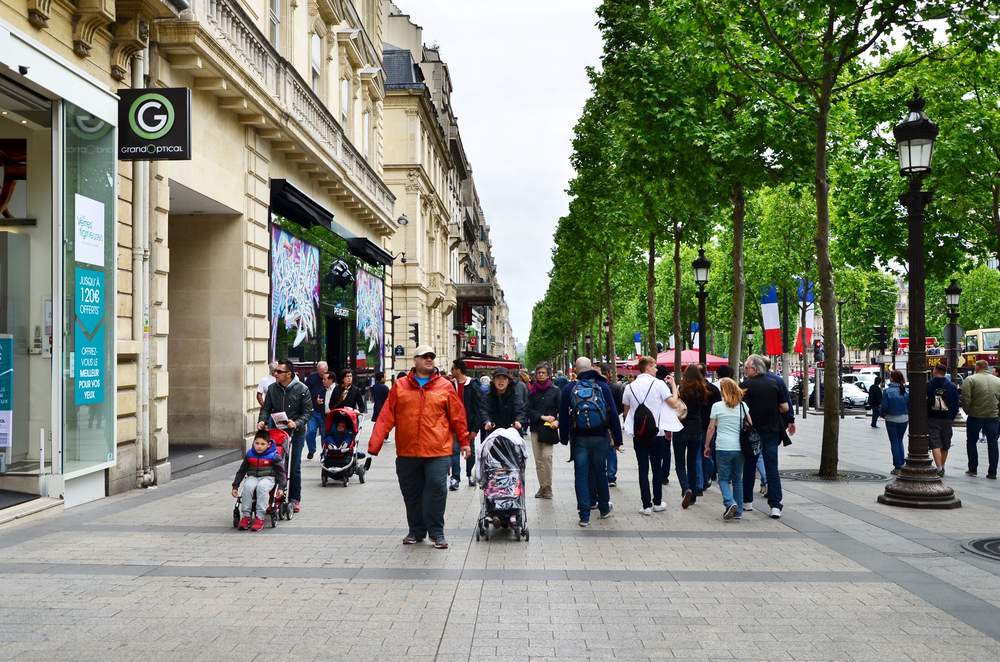
— Photo by siraanamwong
Parisians rarely shop on the Champs-Élysées unless they’re buying gifts for tourists or making a special occasion purchase. The avenue’s shops charge premium prices for brand names that locals can find elsewhere in the city for a lower price. Most residents prefer the local markets, department stores, or neighborhood boutiques scattered throughout Paris.
La Rambla, Barcelona
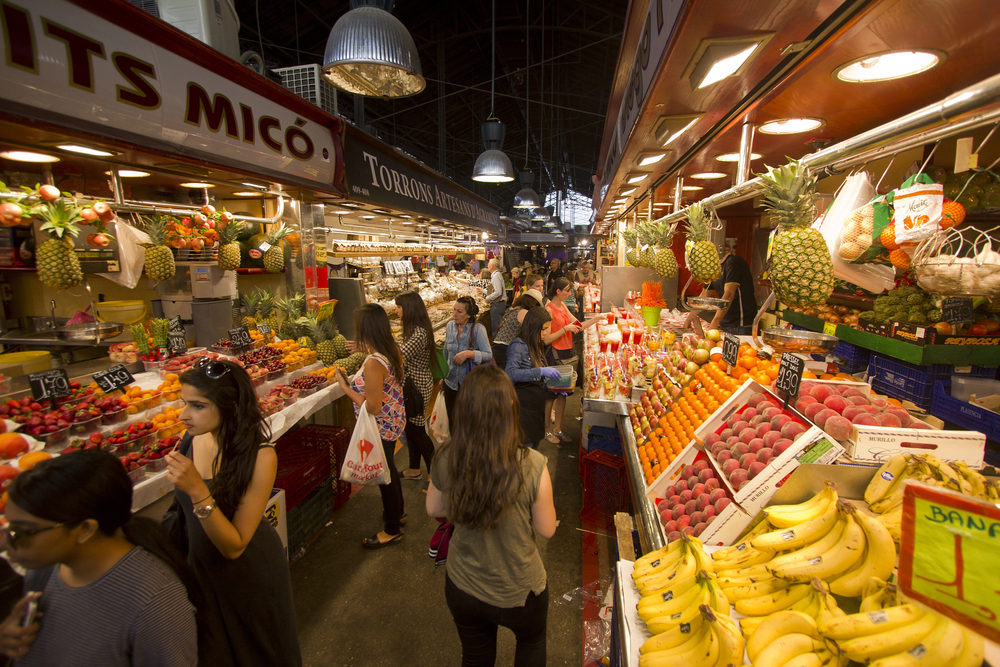
— Photo by JanKranendonk
Barcelona locals know that La Rambla shopping equals tourist prices, and they avoid it accordingly. The shops along this famous street focus on souvenirs and overpriced basics that serve visitors rather than residents. Locals prefer the markets in Gràcia or the shopping districts in Eixample for better variety and value.
Santorini Town, Greece
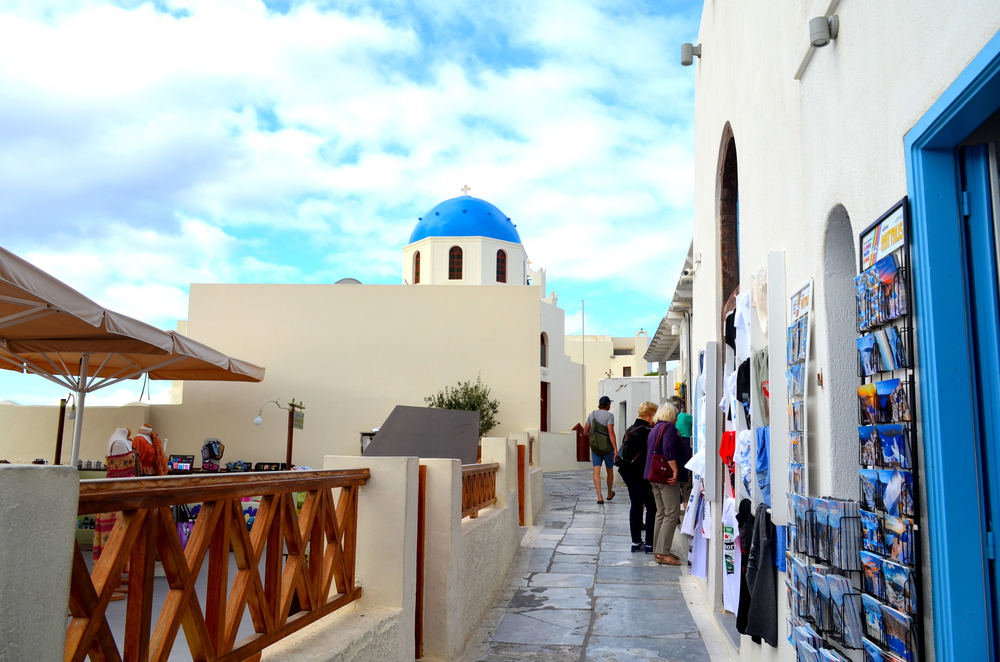
— Photo by nehruresen
The cliffside shops of Santorini Town may offer stunning views, but locals know the prices are as steep as the terrain. These boutiques cater exclusively to tourists with vacation budgets, not residents trying to make ends meet. Local Greeks shop in less scenic but more affordable areas away from the caldera.
Trastevere, Rome
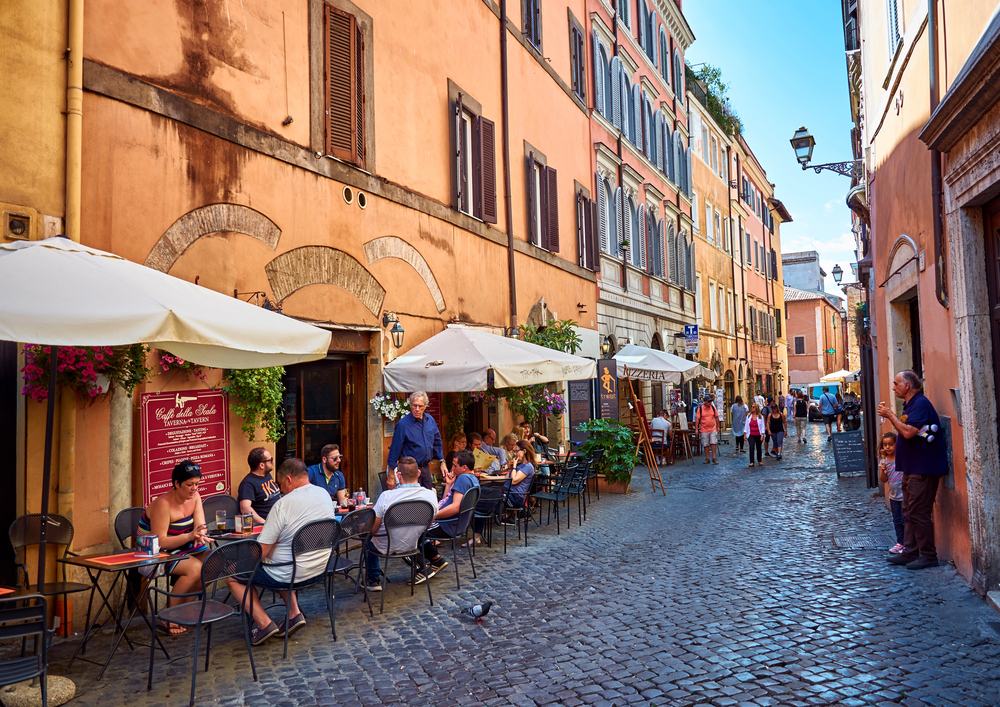
— Photo by Edaccor
Romans love Trastevere for its nightlife and restaurants, but they avoid the shopping areas like they avoid traffic in the city center. The shops charge tourist prices for items that locals can find much cheaper in other neighborhoods. Residents prefer markets like Porta Portese or shopping districts outside the historic center.
Shibuya, Tokyo
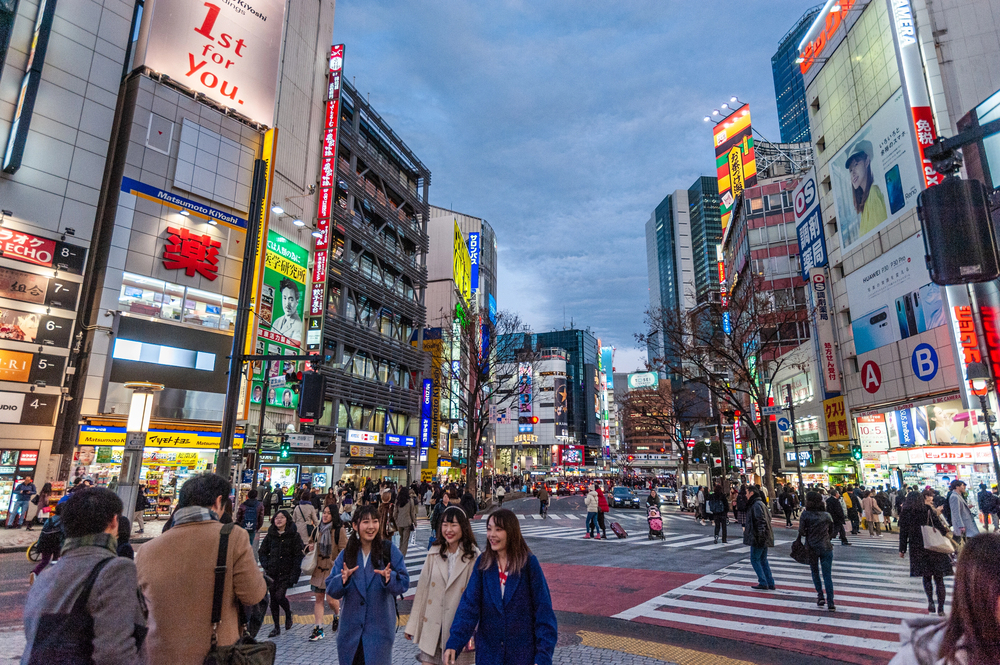
— Photo by durktalsma
While Shibuya Crossing draws millions of tourists for photos and shopping, many Tokyo locals find the area too crowded and expensive for regular purchases. The shops cater to tourists and young people with disposable income, not the more practical-minded residents doing everyday shopping. Locals prefer less hectic shopping districts throughout the vast city.
Mykonos Town, Greece
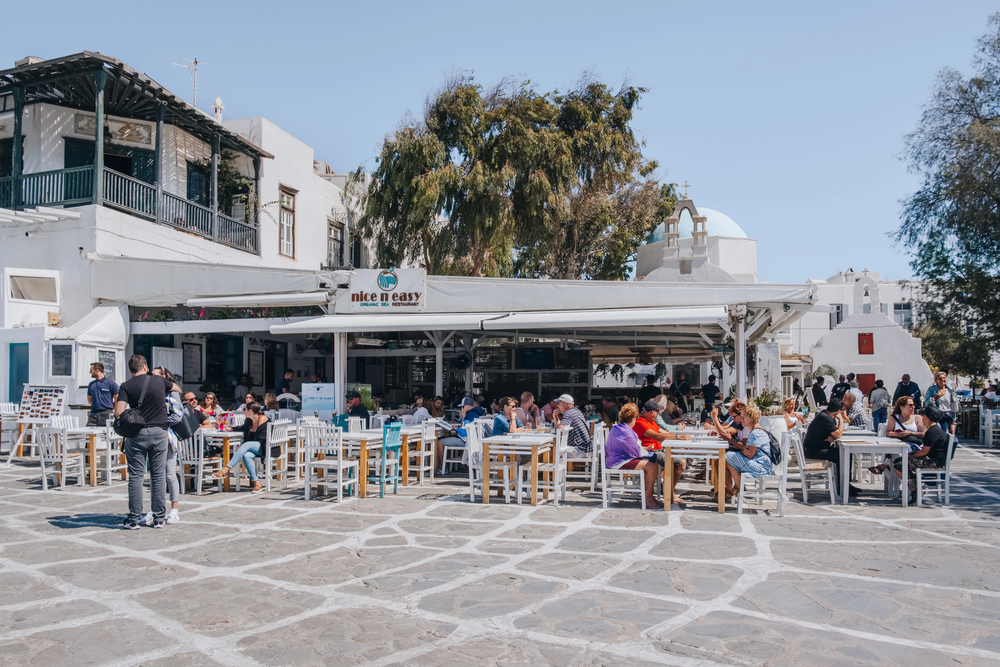
— Photo by AlenaKr
The picturesque windmills and white buildings of Mykonos Town create perfect photo opportunities, but locals know the shopping comes with vacation-level pricing. The boutiques target wealthy tourists rather than island residents, who live on modest local wages. Greeks who live on Mykonos do their serious shopping when they travel to Athens or other mainland cities.
Temple Bar, Dublin
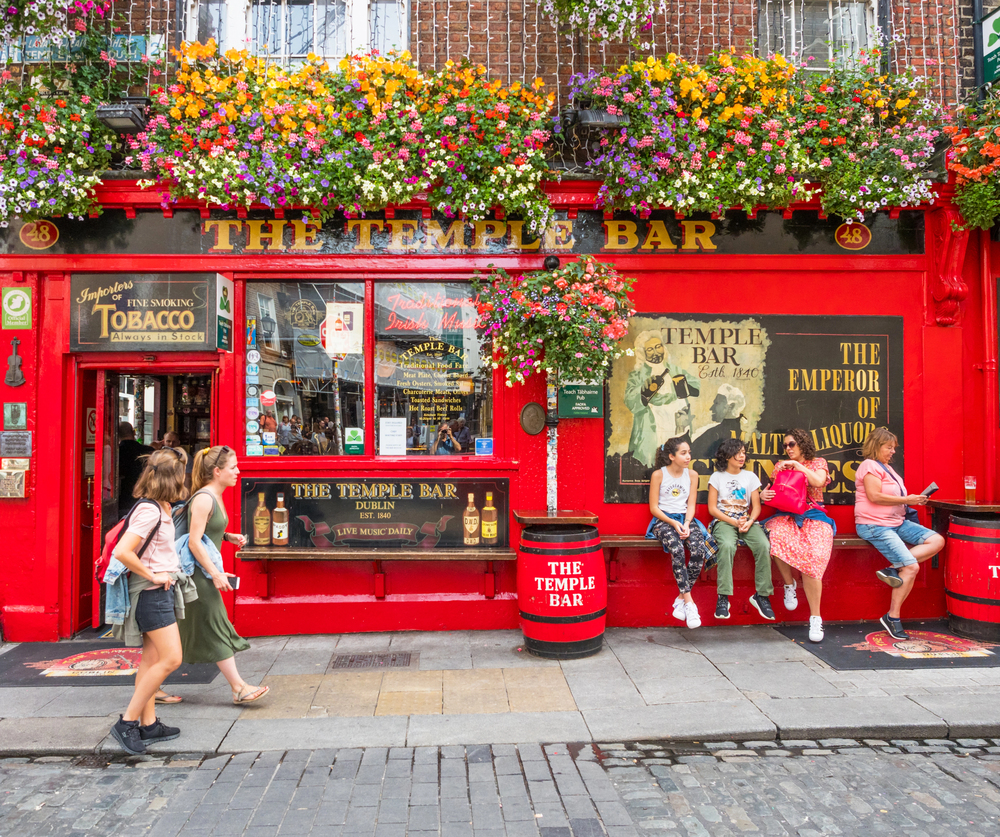
— Photo by zambezi
Dubliners enjoy Temple Bar for its pubs and cultural venues, but they avoid the shopping like they avoid paying full price for a pint. The shops focus on Irish-themed souvenirs and tourist gear that locals have no use for. Residents prefer Grafton Street, Henry Street, or the local shopping centers for practical purchases.
Waikiki Beach, Honolulu
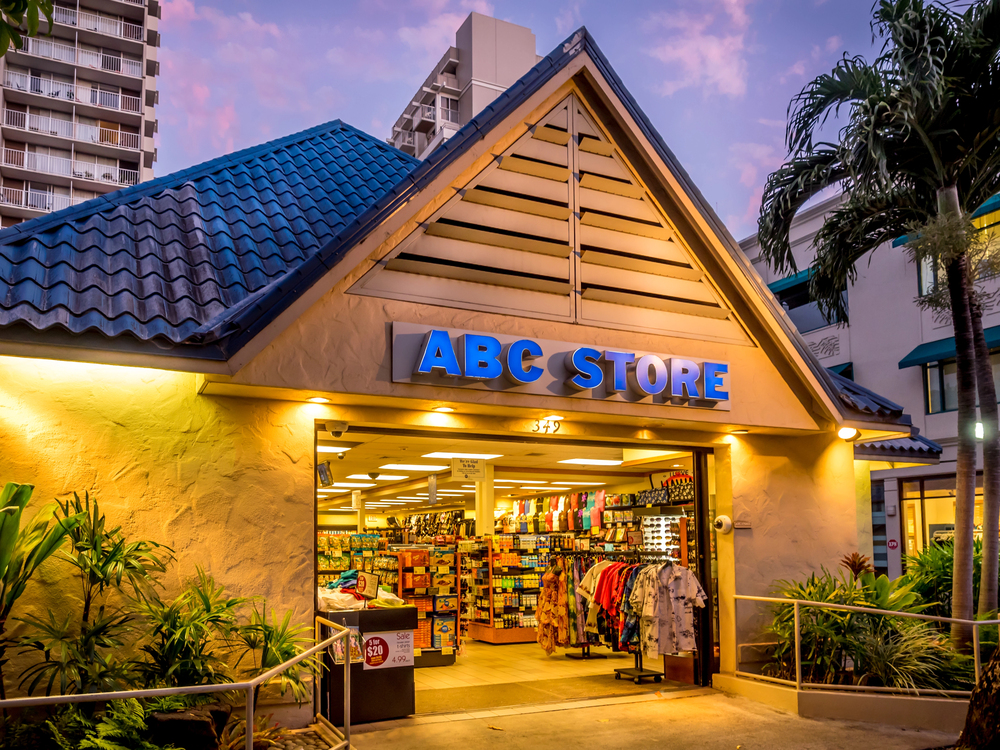
— Photo by jewhyte
Hawaii locals know that Waikiki shopping equals mainland tourist prices plus an island premium they’re not willing to pay. The beachfront shops cater to visitors who expect to pay vacation rates for everything. Residents head to neighborhood shopping centers or make bulk purchases at mainland stores when possible.
Khan el-Khalili, Cairo
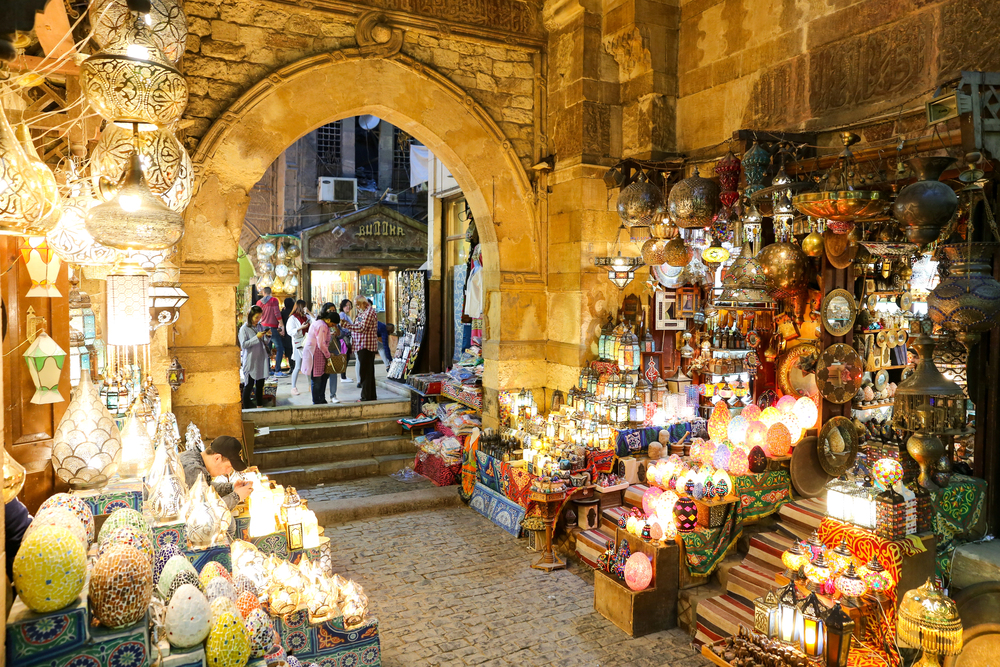
— Photo by EvrenKalinbacak
This historic bazaar attracts tourists from around the world, but Cairo locals typically shop there only when buying gifts for foreign visitors. The vendors quote tourist prices first, requiring negotiation skills that locals prefer to avoid in their daily shopping routine. Residents shop in modern markets and local neighborhoods for better prices and less hassle.
Copacabana Beach, Rio de Janeiro
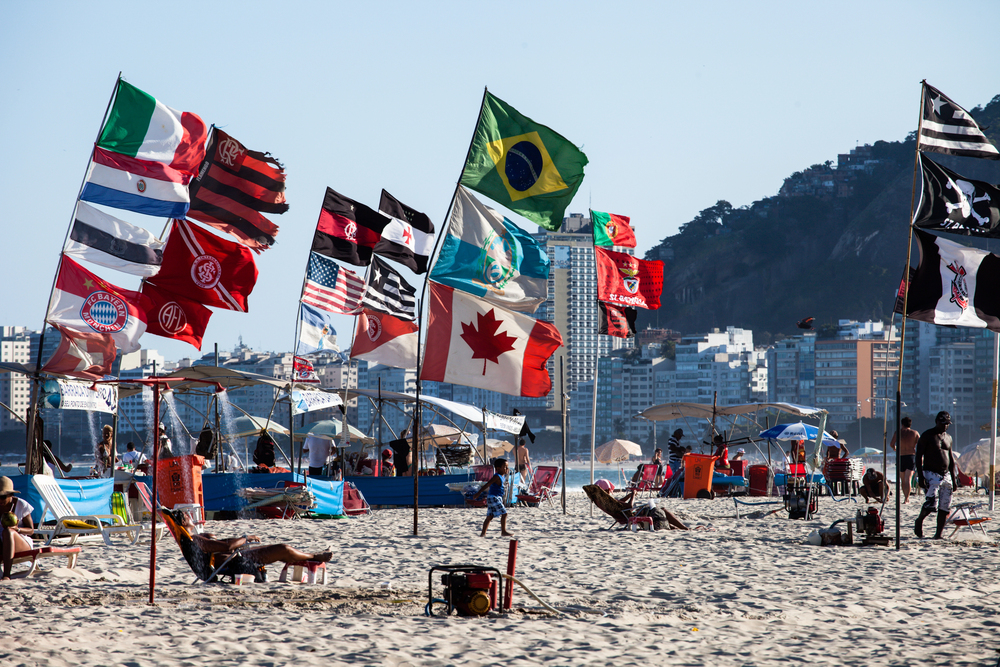
The shops along Copacabana Beach charge prices that reflect the prime beachfront location rather than local economic realities. Rio locals know these stores cater to tourists with stronger currencies and vacation budgets. Residents prefer shopping in neighborhoods like Ipanema’s local areas or the city’s many shopping centers.
Circular Quay, Sydney
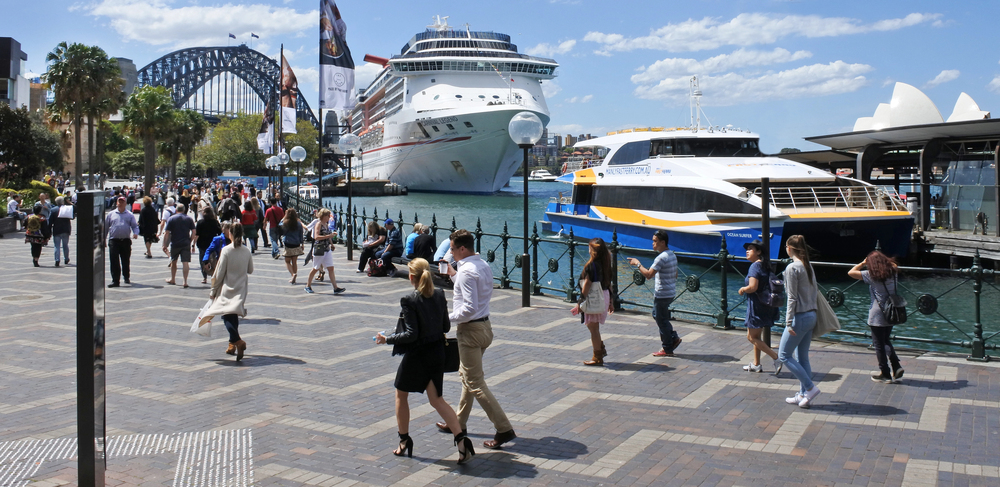
— Photo by lucidwaters
Sydney locals appreciate Circular Quay for its harbor views and transportation hub, but they skip the shopping unless they’re buying something for visiting friends. The retail shops charge harbor-view premiums that locals refuse to pay for everyday items. Residents prefer shopping centers in the suburbs or local high streets for better value.
Where Tourism Meets Reality
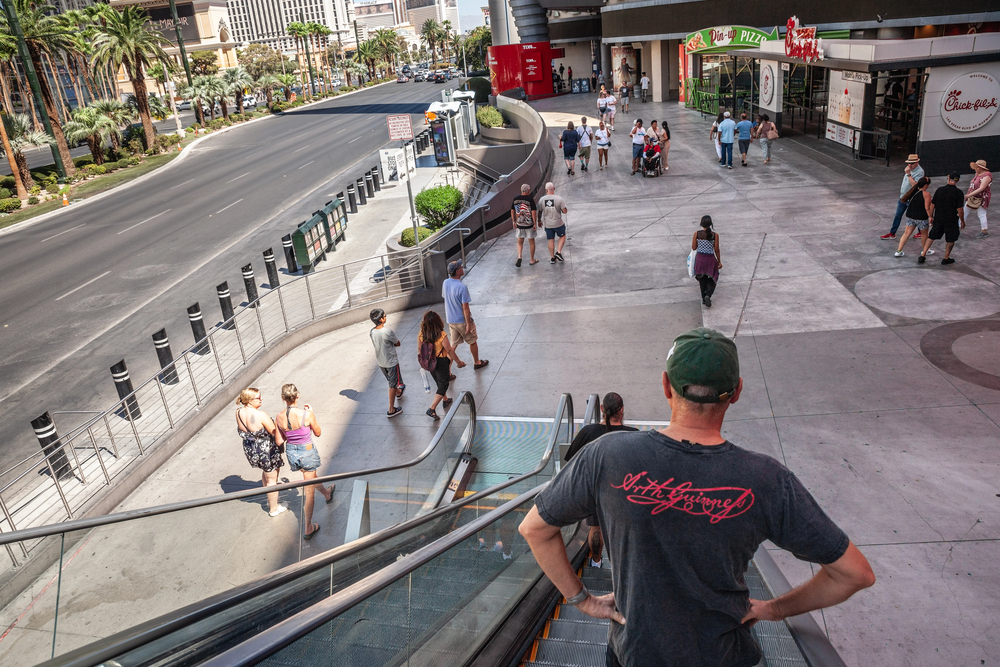
— Photo by BalkansCat
The pattern repeats itself in tourist destinations worldwide: prime locations attract visitors willing to pay premium prices, while locals develop shopping habits that prioritize value over convenience. These tourist shopping areas serve their purpose in the travel economy, providing memorable experiences and convenient purchases for visitors exploring new cities.
However, they also create parallel economies where tourists and locals rarely cross paths in commercial spaces, each group following entirely different shopping patterns based on their relationship to the destination.
More from Travel Pug

- 20 Best Beach Towns in the Carolinas
- 13 Destinations Where Tourists Regularly Regret Their Trip
- 20 Things You Actually Get in First Class
- 20 Small Airports With Aviation Museums
- 20 Places in the U.S. That Are Perfect for a Reset Trip
Like Travel Pug’s content? Follow us on MSN.
